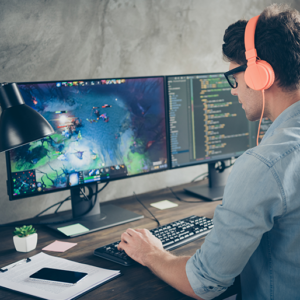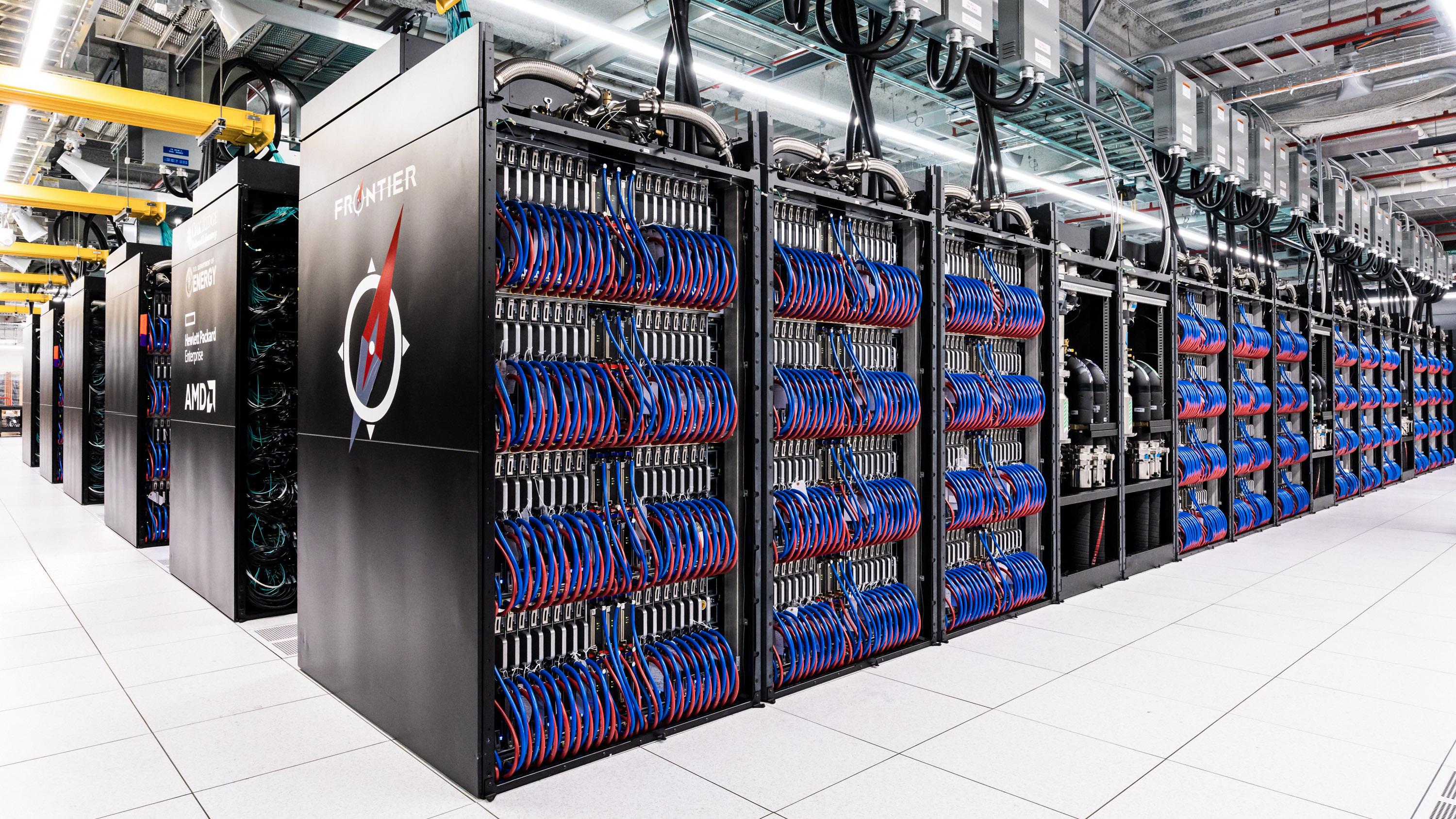Challenges of Content Moderation
Content moderation has become an indispensable part of our online experience in our digital age. It ensures that the content we encounter on various platforms is safe, respectful, and follows the rules. But have you ever stopped to think about the real challenge that content moderators face daily? In this video, we’ll delve into the complexities and nuances of content moderation and why it’s more challenging than it may seem.
Content moderation is a crucial but often underestimated aspect of our online lives. Behind every safe and respectful online community, dedicated moderators are working tirelessly to maintain order and enforce rules. Next time you enjoy a positive online experience, take a moment to appreciate the hard work and dedication of the content moderators who make it possible. They face daily challenges to ensure our online spaces remain welcoming, respectful, and enjoyable. Content moderation is indeed a challenging task, but it’s a vital one that helps build a better and safer online world for everyone.
Role of AI in Content Moderation
Here are 3 main roles that Ai in Content Moderation percieve:
- AI can be used to improve the pre-moderation stage and
flag content for review by humans, increasing moderation
accuracy. - AI can be implemented to synthesise training data to improve pre-moderation performance.
- AI can assist human moderators by increasing their productivity and reducing the potentially harmful effects of content moderation on individual moderators…
Here is an interesting example of how AI in Graphics work:
Ethical Implications
In general: Ethical Implications can include, but are not limited to: Risk of distress, loss, adverse impact, injury or psychological or other harm to any individual (participant/researcher/bystander) or participant group.
In AI in content moderation topic: Censorship in AI content moderation can occur when algorithms mistakenly identify legitimate content as inappropriate or offensive. This is often referred to as over-moderation, where content that should be allowed is mistakenly removed, leading to restrictions on users freedom of speech. Avoiding over-moderation requires a nuanced understanding of context and the ability to distinguish between different forms of expression. Developers must be proactive in identifying and mitigating biases in AI content moderation systems. This involves scrutinizing training data to ensure it is diverse and representative of different perspectives. Continuous monitoring and testing are essential to identify and correct biases that may emerge during the algorithm’s deployment. Regular third-party audits and external oversight can further ensure that AI content moderation practices align with ethical standards. Collaborative efforts within the tech industry and partnerships with external organizations can contribute to the development of best practices that prioritize user rights and ethical considerations.
User Empowerment
User empowerment in AI-driven content moderation involves providing users with tools and features to have a more active role in managing their online experience. This can include:
- Customisable Filters: Allowing users to set their own content filters based on personal preferences, enabling them to control what they see in their feeds and interactions.
- Transparent Reporting Mechanisms: Implementing clear and accessible reporting systems that enable users to flag content they find inappropriate, which can then be reviewed by both AI and human moderators.
- Inclusive Moderation Policies: Involving users in the development of community guidelines and moderation policies, ensuring diverse perspectives are considered in content standards.
- Education and Awareness: Providing users with educational resources about content moderation practices, AI algorithms, and the impact of their own interactions on the platform’s content ecosystem.
- Feedback Loops: Establishing mechanisms for users to provide feedback on content moderation decisions, fostering transparency and accountability in the platform’s content management processes.
Future of Content Moderation
Nothing could explain future in content moderation more clearly than this video on Youtube:
Sources:
Generative AI – https://www.popai.pro/share.html?shareKey=875f492215dcf3ead300385145f9719a39e841f1fb69661b6e32404b62d4b5ac
https://www.linkedin.com/pulse/real-challenge-content-moderation-floatingnumbers
Youtube.com











